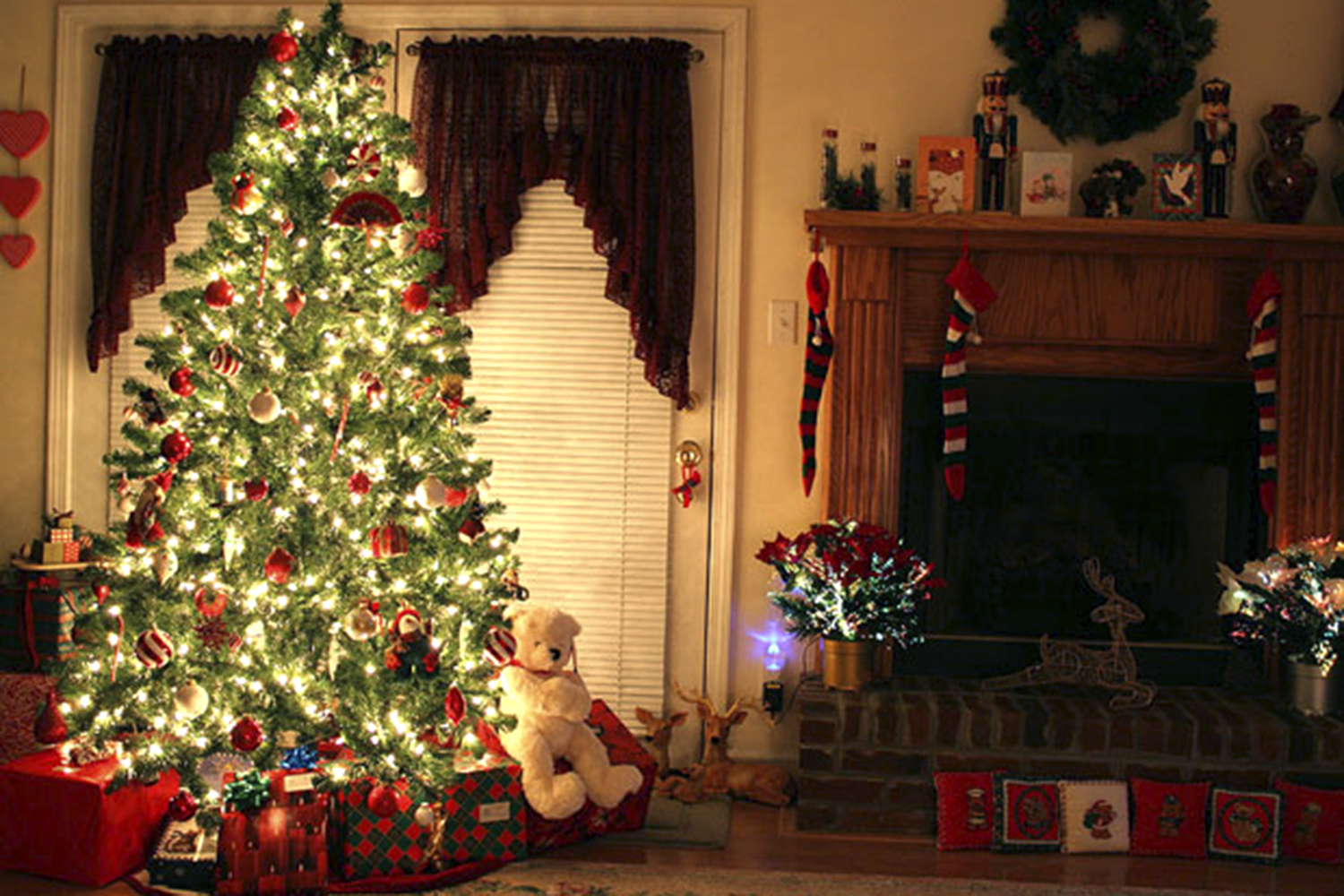
A note from the editors
Decorating trees, stringing up lights, and giving and receiving gifts in the presence of loved ones are the activities that typically come to mind when referring to Christmas. However, this holiday was celebrated differently in early ages. In fact, Christmas was not a holiday celebrated by Christians at the beginning of Christianity, nor is December 25th a date that can be found in the Bible.
Christmas didn’t become a recognized holiday until the third century when December 25 was finally adopted as the birth date of Jesus Christ. By the eighth century, this holiday had widely spread across Europe, until Christmas became “banned” by American Puritans who disproved of the holiday being celebrated strictly for revelry.
The holiday didn’t take on its true form until the 1800s when British royalty began to practice the celebration and thereby inspire others to celebrate this holiday as well. Christmas was finally adopted as an official holiday in 1848. Now, Christmas has evolved to encompass many more elements that are celebrated across the globe by various cultures and nationalities.
In Germany, for example, popular Christmas festivities, such as the exchange of gifts, is done on Christmas Eve rather than Christmas day. Advent calendars are a common tradition used in German homes and are often constructed in the form of a wreath of Fir branches with 24 little boxes containing presents hanging from it. Decorating is not overlooked in Germany, as people decorate their homes in distinctly creative ways, such as building wooden frames covered in colored plastic to place in windows having a candle on the window sill. This form of decor ads to the appeal of the house from the outside. Another decor item that holds special importance in German culture is the Christmas tree. This Christmas staple was derived from Germany in the Middle Ages and is a time-honored emblem that captivates many to this day.
In Mexico, the holiday is celebrated from December twelfth through January sixth; and a period of this time is dedicated to a popular festivity called Las Posadas, which typically ends on Christmas Eve. Posadas translates to inn or lodging. This is an event held for families, friends, and neighbors in which the journey of Joseph and Mary made from Nazareth to Bethlehem to seek refuge for the birth of Jesus is commemorated. During this religious celebration, there are nine Posadas that are thoroughly and intricately decorated to celebrate when Joseph and Mary were looking for a place to stay. That being said, nativity scenes, or “nacimiento,” are the most popular item of decorum in Mexico; however, Christmas trees are becoming a more widespread tradition throughout the country.
The United States is a melting pot of many cultures and houses a wide variety of traditions from all across the globe. People could easily invite a friend or neighbor of a different culture over for the holidays and thereby expand their knowledge, providing a better understanding of these various Christmas customs and traditions. It’s always interesting to learn about what Christmas means in different households to different families, and we have the privilege of being in the United States, able to experience the holiday all in a multicultural nature.
Claire Marie Avery and Ansley Flowers are Co-Editors of Paw Prints
